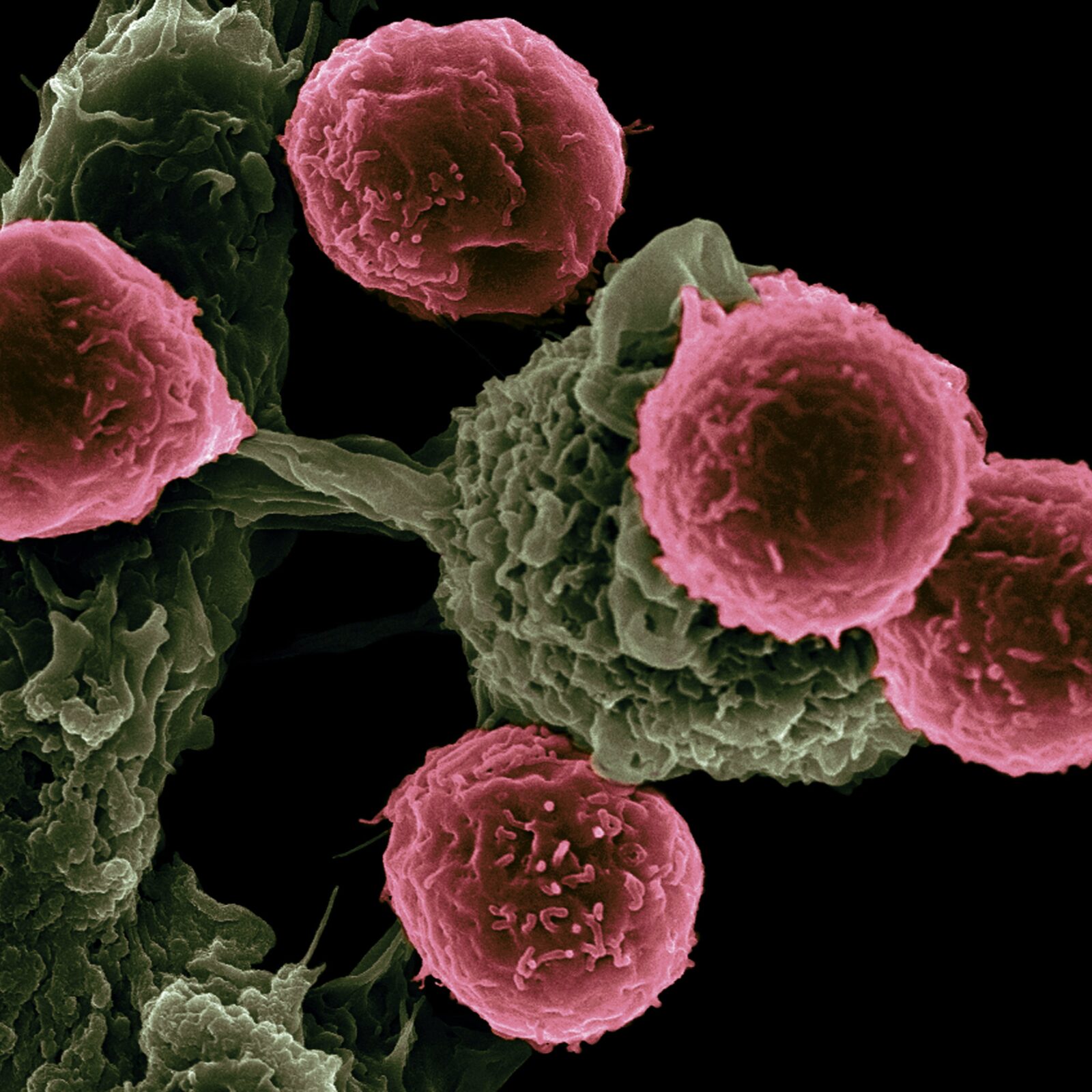A powerful anti-cancer chemical produced by a marine bacterium has been discovered after many years of research in the lab. In Phase III clinical studies, salinosporamide A, also known as Marizomb, is being used to treat glioblastoma, a cancer of the brain. For the first time, scientists have figured out how an enzyme drives the molecule’s activation.
A marine bacterium known as “warhead”
It has been discovered that an enzyme called SalC assembles the salinosporamide anti-cancer “warhead” by the Scripps Institution of Oceanography researchers. Katherine Bauman, a Scripps graduate student, is the main author of a study in Nature Chemical Biology on March 21 that outlines the assembly process.
As reported by Phys.org, salinosporamide’s peculiar warhead has baffled scientists for over two decades, but now researchers have solved the mystery and opened up the door to novel anti-cancer treatments.
Co-author Bradley Moore, a Distinguished Professor at Scripps Oceanography and the Skaggs School of Pharmacy and Pharmaceutical Sciences, said that scientists have figured out how this enzyme creates salinosporamide, and as a result, As a warhead, the discovery could lead to the creation of new forms of salinosporamides that could be utilized to treat cancer and other immune system and parasite-related illnesses in the future.
A long history of salinosporamide
According to Technology Networks, at Scripps and UC San Diego, salinosporamide has a lengthy history. After collecting the microbe from tropical Atlantic Ocean sediments in 1990, Scripps Oceanography microbiologist Paul Jensen and marine chemist Bill Fenical identified salinosporamide A and the marine organism that generates the compound. At UC San Diego Health’s Moores Cancer Center, some of the drug’s clinical trials took place during its development.
Biochemists use the same enzyme to produce fatty acids in humans and medicines such as erythromycin in bacteria. Synthetic chemists have a hard time creating these ring structures, but an enzyme can. Scientists now have the information they need to begin mutating the enzyme in search of variants that may be effective in treating a variety of diseases.
Read More:
Astronomers Still in Search for Elusive Planet Nine; Believes to be Lurking in a Cloud of Icy Rocks
CDC’s New Guidelines, Most People No Longer Need to Wear Masks Indoors, Experts Advise Caution











Leave a Reply